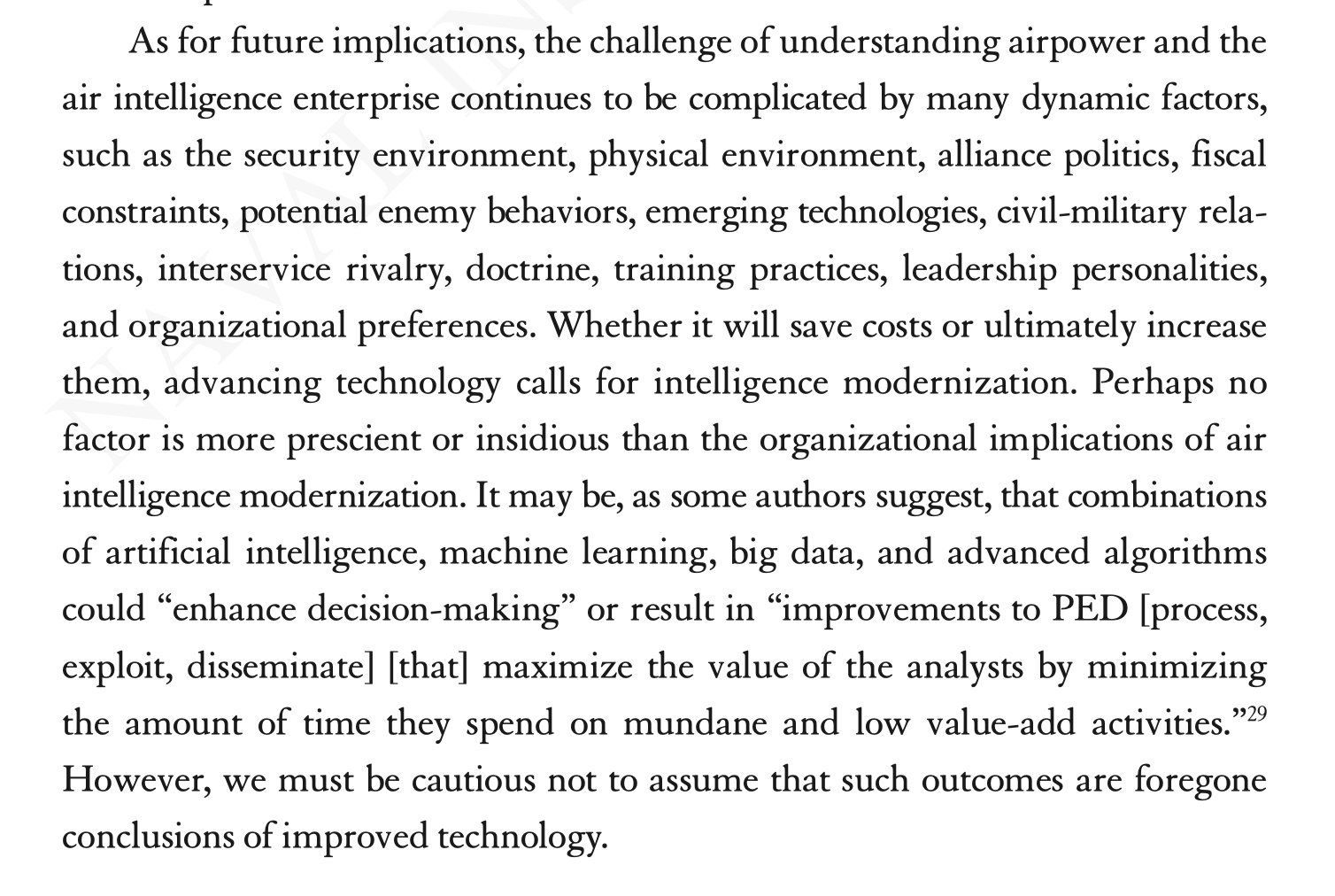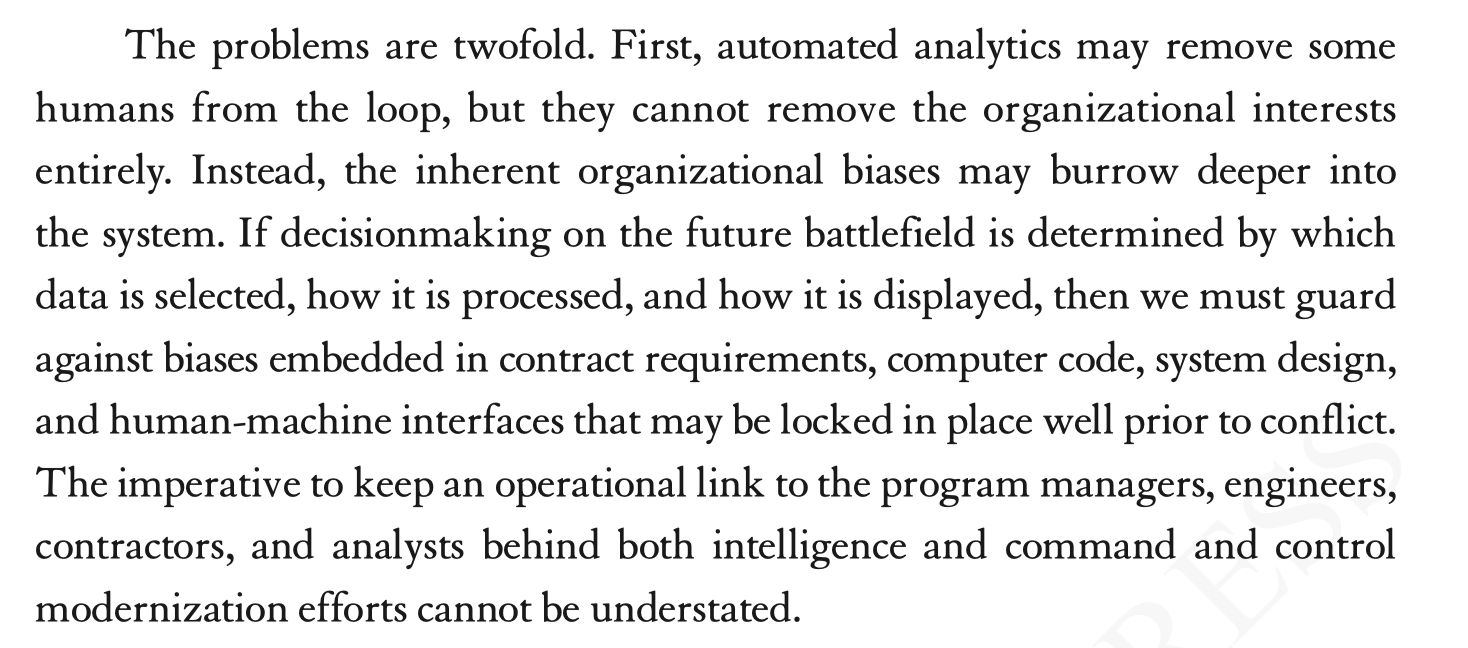How to Use Airpower? Organizational and Intelligence Dynamics
In his book entitled, Selling Schweinfurt, Brian D. Vlaun, provides an assessment of the combat leaders supported by their support structures of cross-cutting assessments of target effectiveness sorted through the challenge of how to use the World War II European-based bomber force,
The core effort was pretty straightforward — attrite German military capabilities. But beyond that focal point, how best to support the coming invasion force and how best to attrite the economic base supporting the German war effort.
There certainly was not consensus on how to do either of those efforts optimally. Intelligence organizations developed during the war clearly influencing judgements about targeting and how best to use the bomber force to support favored objectives from the various community’s analytical focus.
From this standpoint, nothing has changed. In armed conflict, objectives need to be selected, and force packages configured to achieve the desired effects. With modern ISR systems, one has more data, but follow on damage assessment is still challenging. And the determination of what to do in terms of follow on force attacks or tactical or strategic judgements about the conflict are subject to very different analytical paths dependent on the data relied upon and the political and institutional interests of the policy makers.
The policy narrative will lead a targeting approach and the danger of course is that this narrative will also highlight the “correct” intelligence assessments.
As the author cautions: “An air campaign may never be fought with perfect information, but we can endeavaor t ask the right questions: What are the organizational interests at play? What ideas and symbols are they selling, and why? And how will these affect the air campaign?”
He warns: “Perhaps no factor is more prescient or insidious than the organizationla implications of air intelligence modernization.”
He was focused specifically on how artificial intelligence and machine learning is coming into the intelligence processing equation and whether or not better outcomes than through primarily human processing will be the outcome.

He then went on to identify two key challenges.
The first is the built in problem of organizational interests shaping the intelligence assessment and not understanding how that interactive dynamic works in shaping tactics and strategy for the use of airpower.

The second is the danger of making unrealistic assumptions about what big data analytics can deliver with regard to judgements about intelligence in service of targeting, and even more to the point in terms of the dynamics of rapid battle assessment.

In short, the author has provided a very interesting look at the history of the targeting regimes and various metrics shaped in the European bombing campaign.
And he has provided a lot to think about with regard to the challenges of modern kill chains and and kil webs when addressing how to shape the kind of combat or crisis management effects desired in combat.

